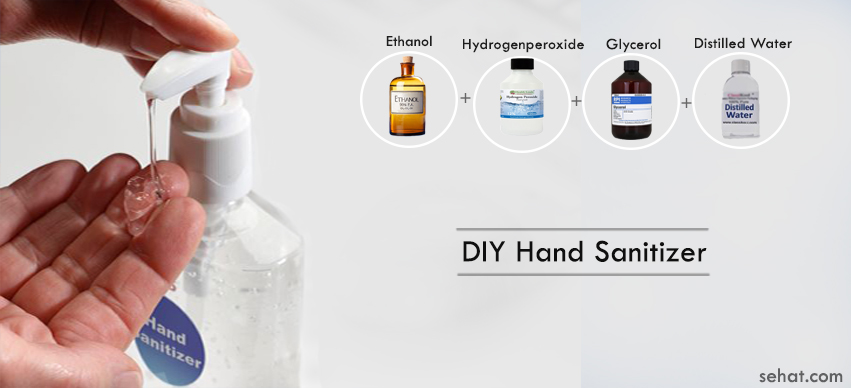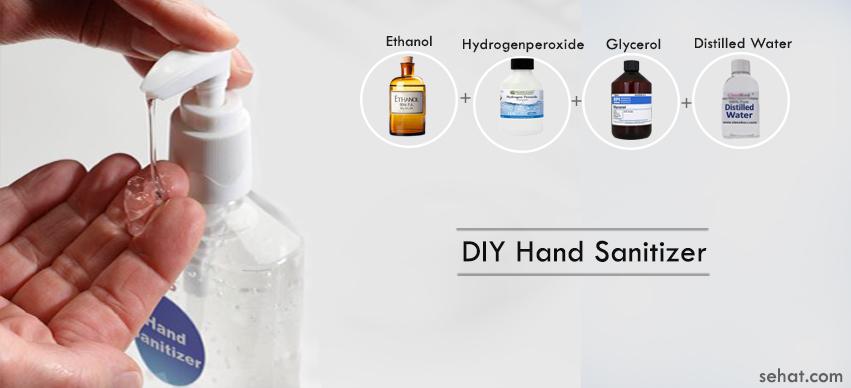How Communities Are Changing the Way We Think About Aging in..
8 Min Read


These days the commercial markets, digital markets, and drug stores are flooded with a wide variety of sanitizers. These sanitizers are available in different brands, sizes, packaging, colors, and fragrances.
Hand sanitizers have managed to secure a place in every person’s bag, office, schools, home, cars, etc. People of age groups, right from children to the elderly are aware of the purpose of using a hand sanitizer on a day-to-day basis.
While there are so many options available for a simple sanitizer, it has been observed that the on-going scare of the novel coronavirus is compelling the general population to take precautionary measures in order to safeguard the health of themselves and their loved ones.
The Coronavirus epidemic has raised awareness regarding hand sanitizers as potent antiseptics when soap and water are unavailable. The present situation is compelling more and more people to purchase sanitizers, to the extent of stocking it up at their homes, just in case they don’t fall short of them.
Due to such a steep increase in demand for sanitizers by people, stores are now actually running out of stock. In such situations, you can use DIY techniques to prepare your own sanitizer especially if it is an emergency.
Materials that you may require to make your own hand sanitizer are;
The World Health Organization (WHO) recommends using these materials for a 10-liter preparation. Sanitizer can be prepared using two types of formulations. The guidelines regarding the measurement of materials are;
| Formulation 1 | Formulation 2 |
| Ethanol 96% - 8333 ml | Isopropyl alcohol 99.8% - 7515 ml |
| Glycerol 98% - 145 ml | Glycerol 98% - 145 ml |
The World Health Organization (WHO) has laid down standard guidelines for the preparation of hand sanitizers. The measurements of materials to be used are given according to 10 liter preparation. These can be altered for preparing smaller quantities as well but in the same proportions.
A simple DIY tutorial for making your own hand sanitizer at home will be beneficial if you too are facing a shortage of commercially available hand sanitizers.
The steps for making your own hand sanitizer are as follows;
This should be rinsed using sterile water or boiled cold water.
A DIY hand sanitizer can also be prepared using the below-mentioned formulation;
Mix all the above ingredients in a small bowl or you can directly pour these ingredients in a small bottle and mix them well by gentle shaking or with the help of a sterile spoon or spatula.
As per the World Health Organization (WHO) guidelines, alcohol-based hand rubs or hand sanitizers are easily available and yet cost-effective routine hand anti-sepsis in most clinical situations. The World Health Organization also suggests the preparation of a sanitizer using the above-mentioned formulations in conditions when the suitable products are either too expensive or unavailable.
Regarding the efficacy of these formulations, the World Health Organization suggests that sanitizers prepared using the above formulations are effective in both general hygienic anti-sepsis as well as pre-surgical hand preparation.
A famous saying goes as “prevention is better than cureâ€. This quote strongly applies to the present-day situation where the novel corona has instilled a state of panic and anxiety among people; it is important to identify ways to protect yourself and your loved ones from not just this virus, but against every other infection possible.
Although hand sanitizers are readily available or DIY sanitizer is relatively simple to prepare, it is not meant to replace regular hand washing using soap and water. If your hands are heavily soiled or too dirty, then a hand sanitizer isn’t going to help much.
If formulated correctly, a DIY sanitizer may be extremely helpful, but any mistake in the formulation or measurement of materials can be hazardous with a possible risk of allergic reactions.
Secondly, commercially prepared hand sanitizers have a fairly measured quantity of emollient which prevents the sanitizer from becoming too harsh on the skin. Absence of an emollient or lesser than the required quantity of an emollient in a DIY sanitizer may harm your skin or produce rashes.
The Center for Disease Control and Prevention (CDC), as well as the World Health Organization (WHO), recommends the use of hand sanitizers only in case of unavailability of suitable medical products or for populations who do not have access to clean water.
According to the Centers for Disease Control and Prevention (CDC), the simplest and least expensive way to prevent the spread of not just the coronavirus, but any other pathogen is to wash hands with soap and water for at least 40-60 seconds.
In the wake of the increasing, the burden of infectious diseases on the health care system with regard to their increasing severity super-imposed by multiple drug-resistant (MDR) infections, health care providers are now going back to basics of infection control – hand hygiene.
Medical science has enough research-backed evidence to prove that proper implementation of hand hygiene alone is capable of significantly reducing the risk of cross-transmission of infectious pathogens.